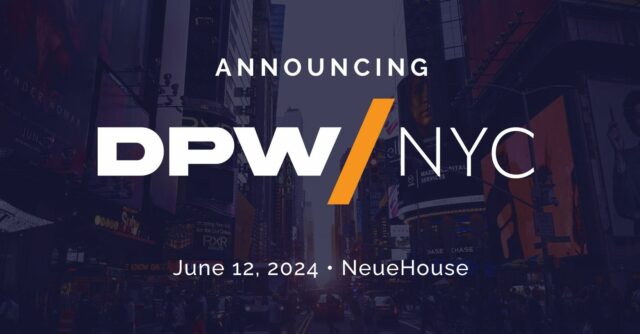Today’s supply chains are under pressure like never before.
Amidst inflation concerns, supply uncertainty, geopolitical issues and sustainability drives, the modern supply chain is having to think twice about the way it operates. It means companies are rethinking their supply chain strategy as well as the materials they source and the suppliers they work with. But such significant change doesn’t come easy and isn’t necessarily cheap either. Indeed, these factors have led to the necessity of a great supply chain reset. But this is no easy fix. It impacts the entire business model, from strategy, marketing and design all the way through packaging, storage and transportation.
Supply Chain Revolution

The first part of a supply chain overhaul is rationalising the portfolio. A major review of the product portfolio could reveal what is profitable to make or sell. In many industries, the combined effect of the rising cost of products, logistics, carbon charges for border crossings and frequent supply disruptions is increasing the cost-to-serve, reducing gross margins and making it unprofitable to hold inventory as a buffer.
Leading companies look for ways to improve communications among the supply chain, leadership, sales, and other commercial teams so that supply chain leaders clearly understand the trade-offs required to win in the market. The most successful companies are also involving other key stakeholders in the supply chain balance equation discussion, including finance, R&D, regulatory, sustainability, and procurement. This ensures everyone understands all the implications of the proposed overhaul, particularly what can actually happen.
COVID-19 disruptions pushed companies to reorient their supply chains around resilience. According to Bain & Company, management at one global apparel firm recognised early on that this would require a transformation that would have ripple effects across other parts of the business. In order to make the correct decision, it pulled together a cross-functional strategy team that included the heads of supply chain, finance, sustainability, consumer insights, and the product’s business unit. The team saw the supply chain redesign as an opening to not only boost resilience but also responsiveness and sustainability. It found reducing reliance on any one location would provide insulation from supply disruptions, and making its products closer to customers would speed up delivery and shrink the supply chain’s carbon footprint.
Design to delivery and beyond

Taking a detailed view of the entire product journey, from design to delivery and beyond, can also help to simplify sourcing, by standardising as many elements as possible, reducing the range and specification of materials used for production and packaging. This means fewer suppliers and components, which lowers the exposure to disruption. Companies should investigate whether it’s possible to use less material and/or more recycled content, and whether this can reduce total cost of manufacture.
Today, chief supply chain officers balance multiple conflicting needs of cost, service, sustainability, agility and resilience. As a result of increasingly international trade complexity and the need to manage a widening range of risks, it’s difficult to determine where products should be manufactured and sold. While the onshoring versus offshoring versus friendshoring debate remains, it is further complicated by issues such as sustainability, trade wars, agility and, increasingly, visibility.
In the era of mass offshoring, manufacturers have enjoyed the huge scale efficiencies of large manufacturing centres in low-wage countries. For a wide range of products, there is a now a considerable and visible shift to get closer to the end customer, to ensure a faster response to changing consumer demands, while avoiding tariffs, cutting logistics costs and reducing carbon footprint.
Looking ahead, supply chain has little choice. It can’t stand still and wait for the next black swan event to unfold – companies must be more resilient and fluid. A great supply chain reset may not just be a “nice to have” anymore.











